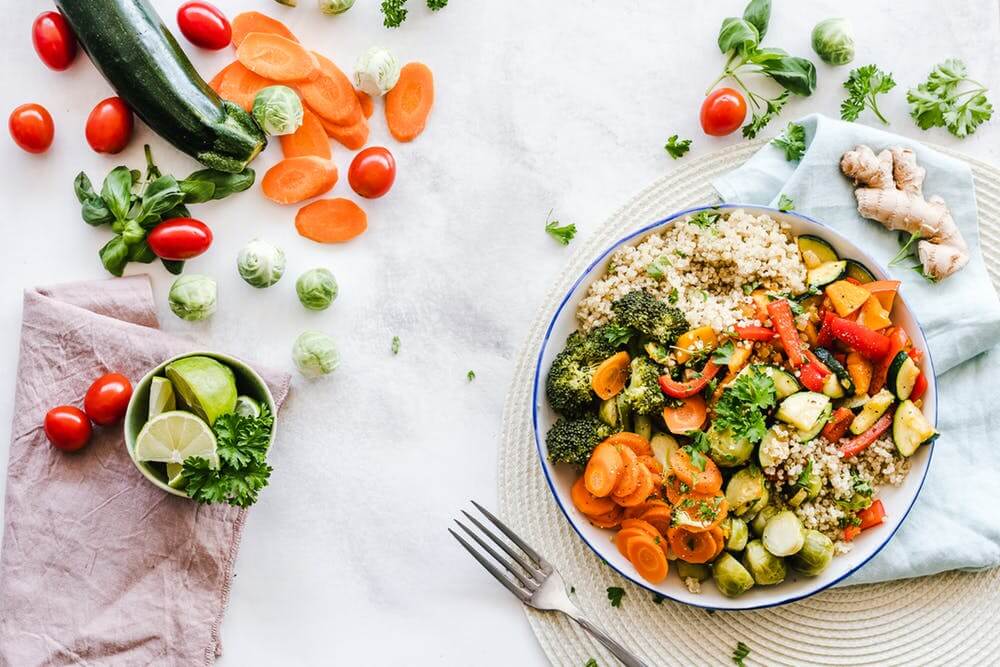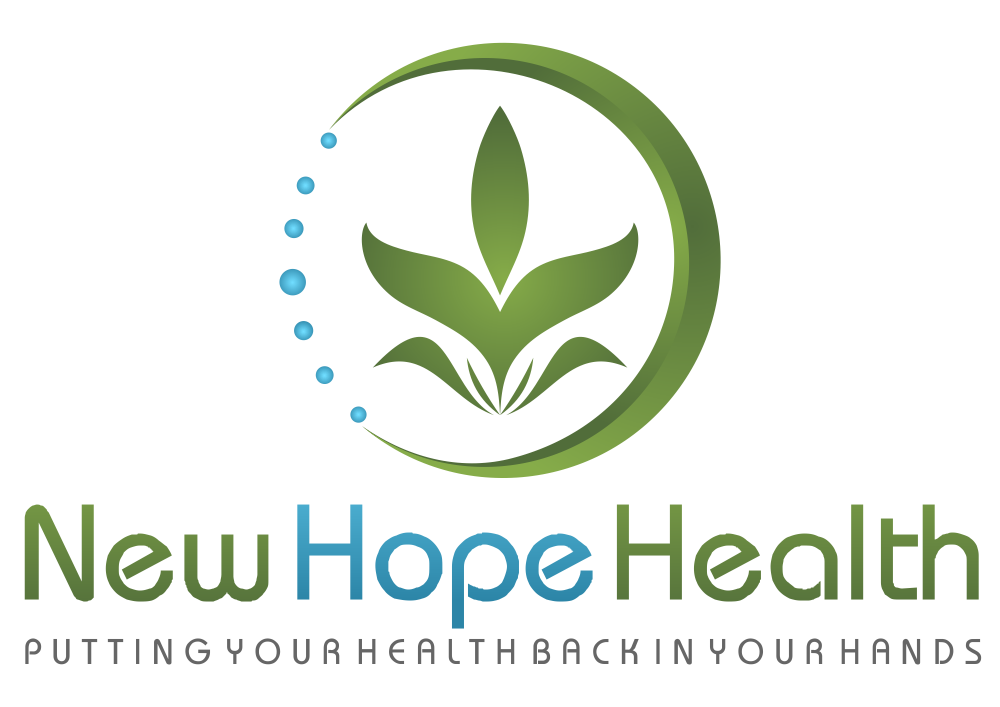
Fortified foods (sometimes referred to as enriched) are typically processed foods that have nutrients added to them. They can be helpful and have prevented many diseases, but I hate them… Let me explain.
Fortified foods have nearly put a stop to diseases such Scurvy (a vitamin C deficiency), Beri Beri (a B1/thiamine deficiency) and Rickets (a vitamin D deficiency). A high percentage of children and adolescences would be lacking in many micronutrients if it weren’t for these enriched foods.1 They do indeed play a role in the diet of many people and aid in the reduction of severe deficiencies; for that, I am grateful and see that there may be a place in the standard American diet at least until there is better education and funding about nutrition in the general population.
My concern with fortified foods is more about the way that they are taught and marketed. There are two main examples I would like to give that tie together my concerns.
The first is in research, textbooks and other sources that are commonly used by educational and research institutions. These often cite fortified foods as one of the best sources of certain nutrients. For example, one NIH (the National Institute of Health) source lists the highest source of iron as “fortified breakfast cereals”.2 One cup of Honey Nut Cheerios provides 20% of your daily need for iron (based on a 2000 kcal diet). For the record, one cup of lentils has 37% of the needed iron (again, based one a 2000 kcal diet) … but no one is talking about that! Lentils have SO much more nutritional value than a processed cereal like Cheerios and they are much less expensive. Honey Nut Cheerios contain sugar, genetically modified corn starch, salt, and genetically modified canola oil (to name a few).

If processed fortified foods is all someone will eat or, in the case of children, is sometimes all that is offered to them (which is SO sad), then of course it is better than the alternative of starvation and deficiencies. However, to take junk ingredients, add a few nutrients, and then teach that it’s a great health food is a nutritional lie. At that point, the fact that it’s “stopping the bleeding” doesn’t mean it’s promoting optimal health. We (and our future generations) are worth more and deserve better!
The second issue I have with fortified foods is the deceptive way that they are marketed. They take advantage of those who aren’t as educated about evidence-based nutrition. Especially for those who are trying to raise healthy children in food deserts with very little income, it is important for them to understand how to stretch their nutritional dollar for optimal health outcomes. For example, Frosted Mini Wheats claim to be “A great source of fiber”. Do they have fiber? Yes, of course (6 grams of fiber in 56 grams of the cereal). But in order to get fiber from this source, you’d also have to consume sugar (2nd ingredient), gelatin and synthetic preservatives such as BHT. Let’s just quickly compare that with lentils again, which have about 8 grams of fiber in 50 grams (so you need to eat less by weight to get MORE fiber) … and they cost less. If you don’t understand basic nutrition, you may trust the poor claim that this is a “good source of fiber”. Compared to what!?
I am not against fortification to save lives if it’s the only option, but we can’t deny that it’s a sad comparison against REAL whole food!
I know there’s a bit of intensity coming through in this post, but people need help understanding at least basic nutritional principles so they don’t think that the nutrition from a piece of fortified or enriched bread is working the same way in the body as the nutrition from a steamed sweet potato. They are not the same! Feel free to share this post with friends or family who may be captivated by the marketing by processed food companies. Together, we can improve the health of the world!
Resources:
- Berner LA, Keast DR, Bailey RL, Dwyer JT. Fortified foods are major contributors to nutrient intakes in diets of US children and adolescents. J Acad Nutr Diet. 2014. doi:10.1016/j.jand.2013.10.012
- NIH. Iron – Health Professional Fact Sheet. US Department of Health & Human Services.
Nothing said or implied in this post is intended to treat, cure, diagnose or prevent any disease. It does not take the place of a qualified health care practitioner and is intended for educational purposes only.

Dr. LeAnn Fritz, PhD
Dr. LeAnn is a practitioner, coach, speaker, consultant, and the founder of New Hope Health. She is also the author of The Quantum Weight Loss Blueprint, and Get Healthy Now. She is laser-focused on practical, evidence-based practices to empower her clients to get real results that last. She sets the bar when it comes to radiant health that will change every area of your life forevermore.
Recent Posts
Parasites- Living Inside Your Body, Without Paying Rent!
Parasites…I know…the thought of them living inside your body feels like something from a horror
Holistic Detox: A Naturopathic Doctor’s Guide to Cleansing Your Body for Optimal Health
Detox is a powerful way to reset your body and enhance your health. As a
Watermelon Slurpy…Upgraded!
It’s summer and it’s HOT! You’re looking for a refreshing cold drink that will give
Curious about achieving your highest level of health?
Schedule your consultation with Dr. LeAnn today, and get your health back in your hands.


